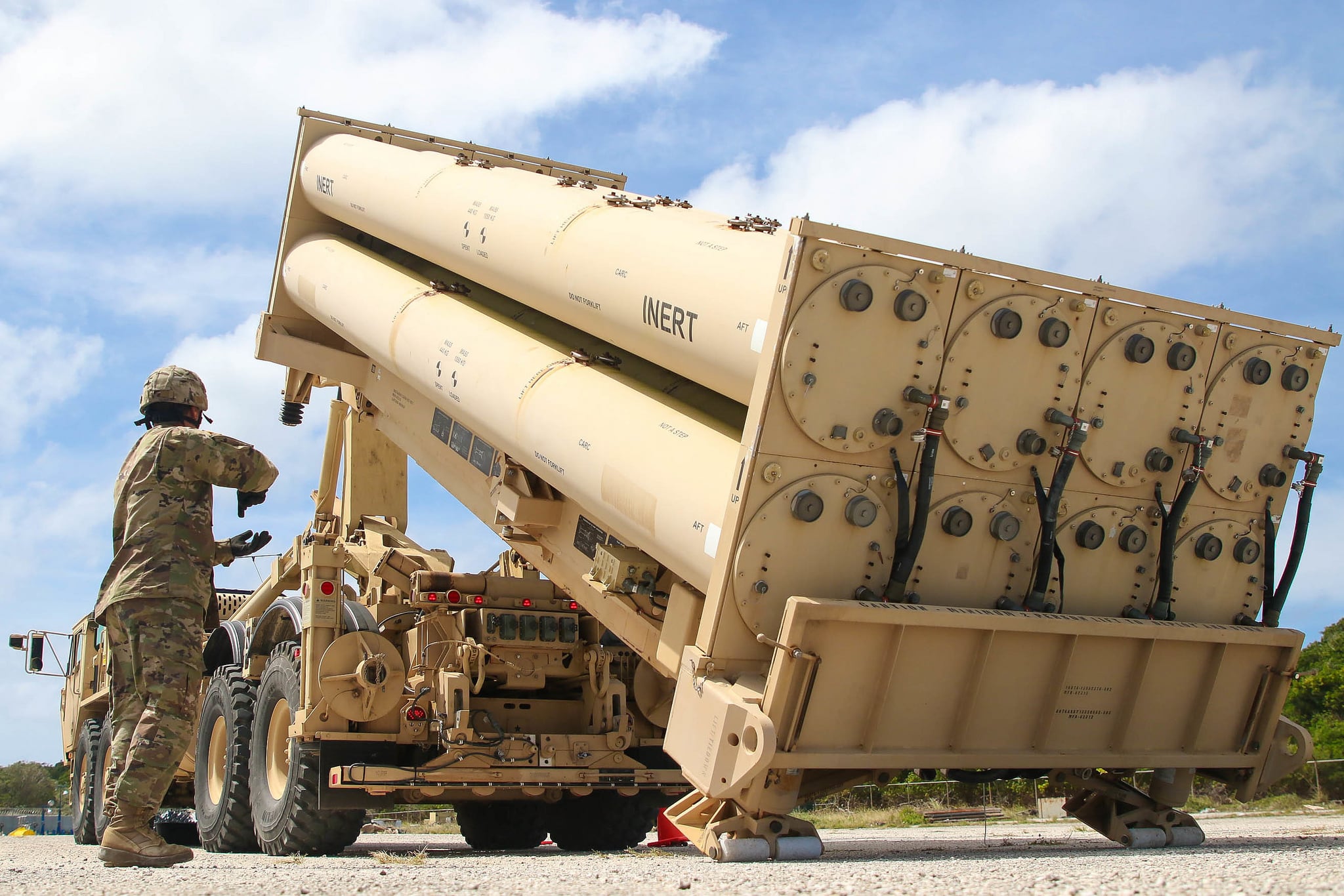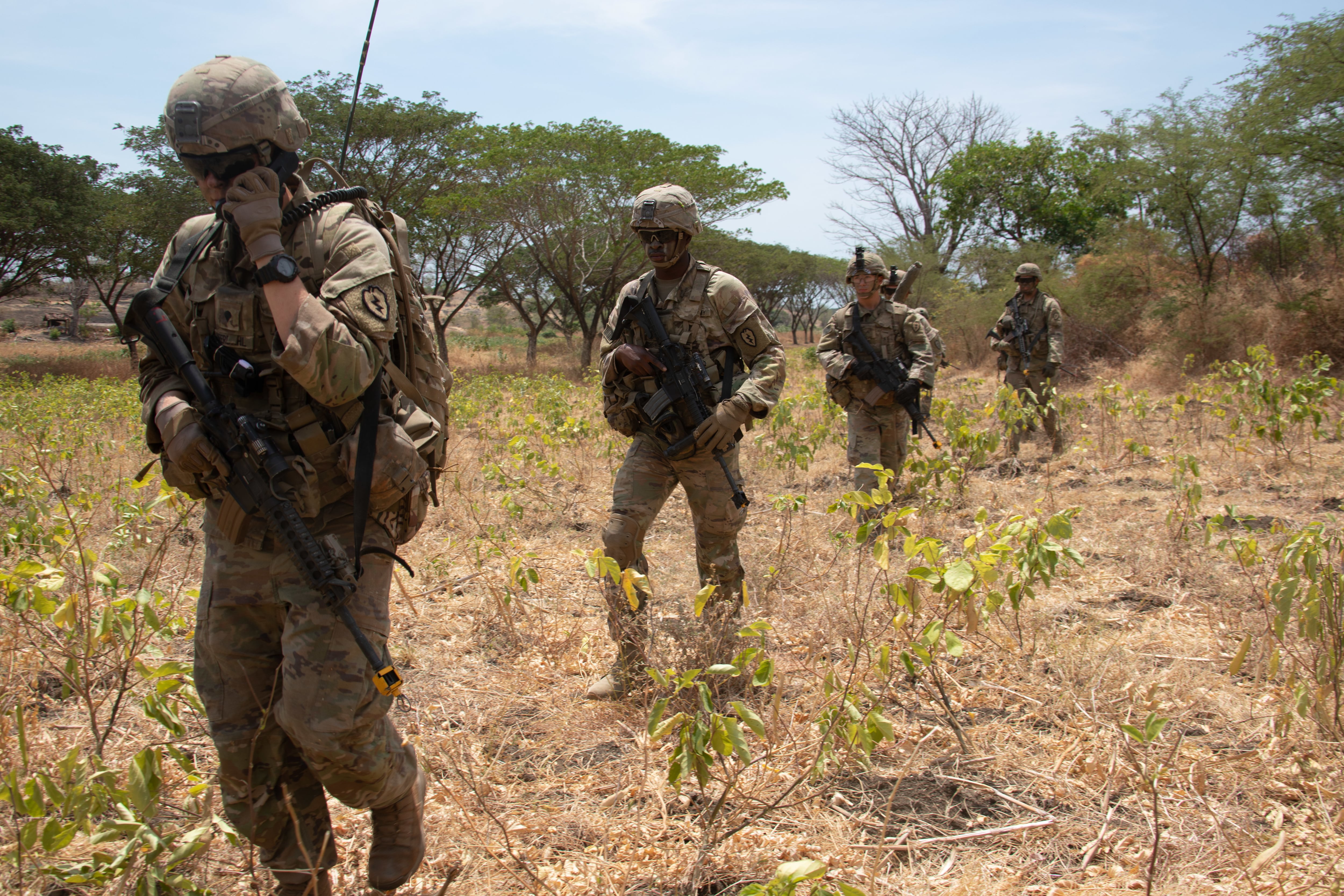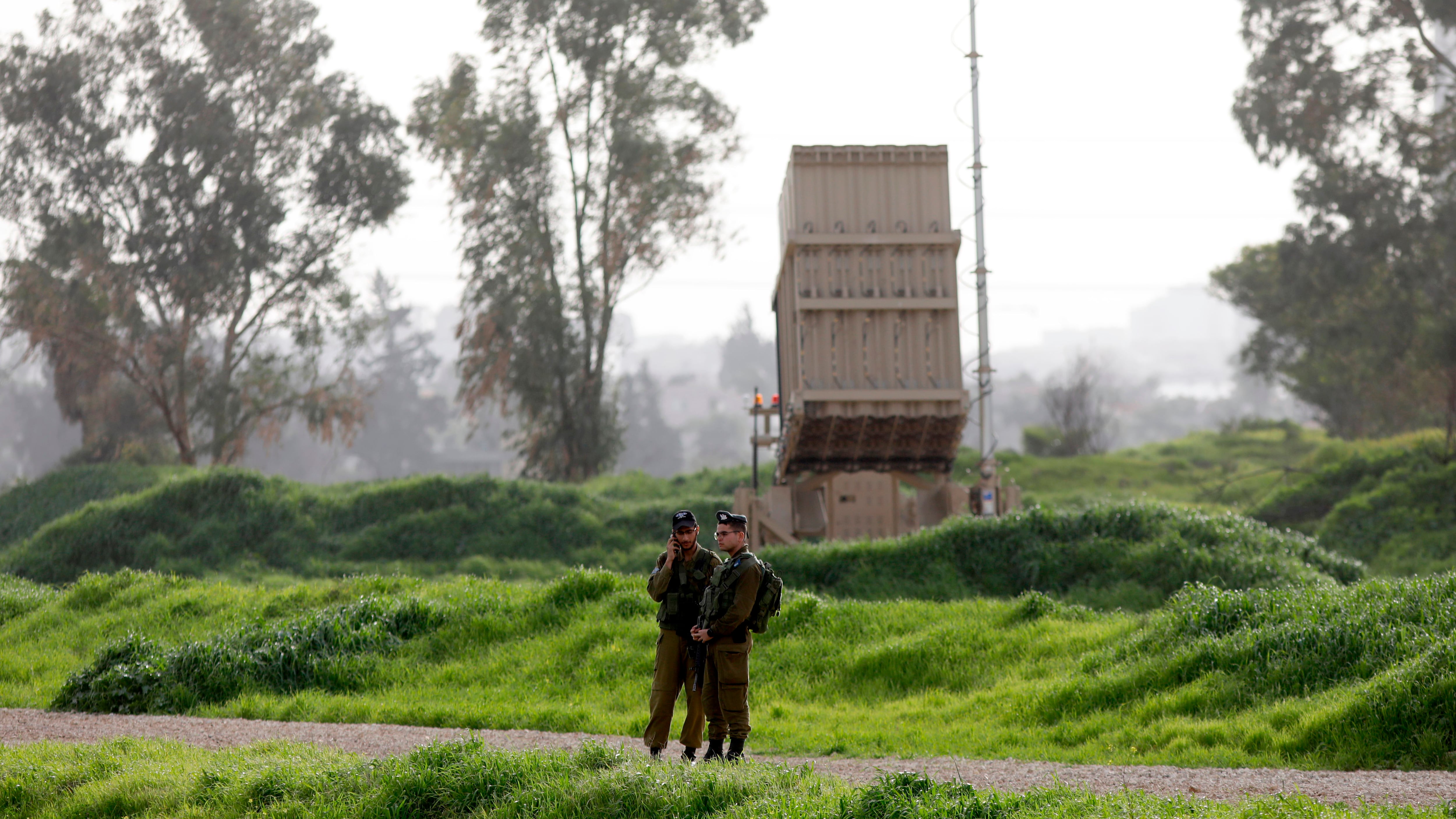The Army is trying to ease the burden on its frequently deployed air and missile defense soldiers, as well as address what some lawmakers call a “modern-day missile gap" facing troops.
Even as the Army invests in new Patriot radars and other modernization initiatives, the Terminal High Altitude Area Defense and Patriot batteries remain among the most frequently deployed units in the military.
Patriot missile troops had a 1:1.8 dwell ratio, according to Army data provided in August, meaning for whatever amount of time they’re deployed, the soldiers spend just shy of double that at home station. That doesn’t count forward-based assets at places like South Korea, and it’s a slightly tighter gap than even Army Special Forces, which had a 1:1.9 ratio in August.
But things got more hectic in the months that followed, as more Patriot battery soldiers were sent to the Middle East after attacks on Saudi oil facilities by Yemen-based militants on Sept. 14. Unfortunately, those batteries weren’t close enough to defend against a Jan. 8 ballistic missile attack by Iran that struck two Iraqi bases housing coalition troops.
“I’m concerned that we might be spread too thin, and this was brought to the attention of the American public when our soldiers in Iraq were targeted by a ballistic missile attack recently," Rep. Doug Lamborn, R-Colo., said at the Army’s budget hearing Tuesday. “Do you feel the Army has the missile defense force structure to meet current global requirements?”
“It has what it has right now, and if we innovatively employ those systems, we have what we need," Army Chief of Staff Gen. James McConville responded. However, he also acknowledged that the Army essentially wants to shift more of the missile defense burden onto other countries.
The service is working with the Patriot system’s manufacturer to increase its capacity and with U.S. allies and partners to increase sales.
“What we’re looking at in some cases — when it comes to air and missile defense — is advising and assisting our partners so they use their capability to defend their bases and their critical infrastructure, and then we can use our systems to take care of our soldiers and our bases," McConville added.

Some congressmen are also worried the Army has a “missile gap” in the Indo-Pacific region that needs to be addressed, a phrase that recalls the Cold War-era missile gap between the United States and the Soviet Union that was ultimately found to be inaccurately reported and greatly exaggerated by the intelligence community.
Rep. Mike Gallagher, R-Wisc., asked Army leaders how they plan to defend airbases and logistics hubs in Asia against low-flying cruise missiles. China has reportedly developed a lethal arsenal of missiles to do everything from sink aircraft carriers off its coast to crush U.S. bases dotting the region, although the question of how much of those threats are inflated by state-run theatrics always comes into play.
“In this committee, we identified that this is really the modern-day missile gap,” Gallagher said. “In other words, we can shoot down IRBMs and SRBMs, we can hit high-flying cruise missiles with patriots. But that gap is that low-flying cruise missile. How do you intend to address that gap?”
It’s going to come down to wooing allies in the region to increase the Army’s footprint, while also purchasing Israeli-made Iron Domes — mobile all-weather air defense systems — in the near-term, according to Secretary of the Army Ryan McCarthy
RELATED

“First and foremost, you have to have the footprint in that area of the world,” McCarthy said. “So, getting our forces west of the International Date Line, with greater duration, is critical.”
Expeditionary basing, building better relationships and deploying soldiers to Asia for longer rotations “in places like Thailand and the Philippines and others" will get the ball rolling, the secretary added.
“Second to your point, we are pursuing the Iron Dome system,” McCarthy said. “We need to get more data from the manufacturer, so we can see if adjustments have to be made to that system in order to meet a cruise missile threat.”

The Army plans to buy two Iron Dome systems to counter short-range rockets, artillery shells and potentially drones. But the system has its own shortcomings.
“Iron Dome is a good gap filler, but the stressing character of the cruise missile threat will require more capable systems, both interceptors and above all sensors to detect and track low-flying threats before they crest the horizon," Tom Karako, director of the Missile Defense Project at the CSIS think tank, told Army Times.
The mid-September attack on Saudi oil facilities highlighted such a threat. In that instance, inexpensive drones and low-flying cruise missiles circumvented early-warning radars and Patriot missile defense batteries in the area.
The Pentagon explained the failure of the American equipment by stating that the Saudis relied too much on one layer of what should be a multi-layered air and missile defense network.
“We are very concerned about the indirect fire and really a threat to our soldiers from any type of system, whether it’s unmanned aerial systems, [or] ballistic missiles,” McConville noted. “But where the Army’s going to is a layered defense. ... We want to be able to tie every sensor to shooter.”
McConville wants to eventually have multiple radars tied into an integrated battle command system that can key in the right shooter to whatever threats pop up. The shooter could end up responding with a gun system that the Army has in its arsenal right now, or potentially directed energy weapons or high-powered microwaves, which the service is developing.
“But what we don’t want to do is be in a position where we’re shooting Patriot missile systems or even larger missile systems at small unmanned systems where the value analysis doesn’t work out,” McConville said. “As we talk to Iron Dome and they bring it on board, we’re going get a chance to get our soldiers on board. We are broadcasting the type of system that we want and what we need in the future.”
Kyle Rempfer was an editor and reporter who has covered combat operations, criminal cases, foreign military assistance and training accidents. Before entering journalism, Kyle served in U.S. Air Force Special Tactics and deployed in 2014 to Paktika Province, Afghanistan, and Baghdad, Iraq.





